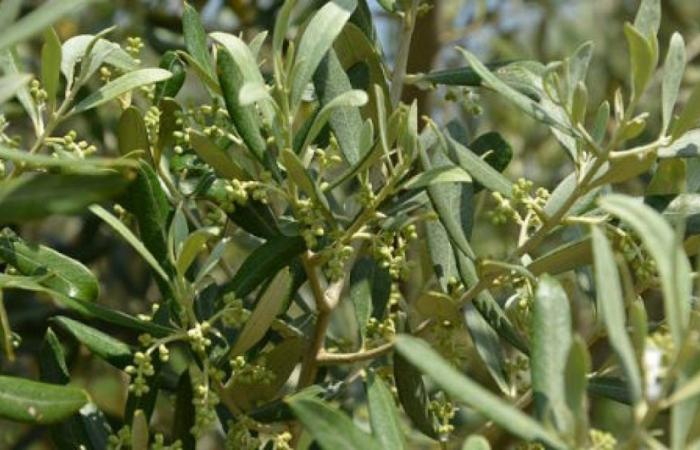Olive (Olea europaea L.) production in Mediterranean environments is mostly practiced under drought and low-input conditions. The contribution of different soil and terrain parameters to olive yield is not well understood.
While many studies have attempted to evaluate the effect of fertilizer applications or soil fertility on olive tree productivity, there are few studies on the inverse relationship.
Some researchers in Andalusia have tried to link tree vigor to soil parameters. They concluded that root zone depth was the best predictor of canopy volume, explaining 58% of the variability.
In reverse, the relationship between leaf mineral content and yield is less clear.
Other authors have reported a strong negative correlation between olive tree productivity and the leaf minerals phosphorus (P), potassium (K), calcium (Ca) and magnesium (Mg).
It is therefore necessary to evaluate the effect of different soil parameters on tree nutrition and fruit productivity and oil concentration using simple and multiple regressions, in order to identify the model that best describes the observed variability.
Olive tree productivity and oil yield explained by soil fertility parameters
To determine the factors that most influence productivity, correlations were established between yield, on the one hand, and soil/soil factors and foliar nutrient concentrations, on the other.
Soil and soil fertility parameters (field slope, soil depth) and leaf mineral concentrations were determined.
Total available nutrients per tree were calculated using root zone volume and nutrient concentrations.
Productivity was well correlated with the total amount of potassium available in the soil, the total amount of nitrogen in the soil, and the depth of the soil.
A model that included soil potassium, soil depth, and leaf boron (B) and iron (Fe) concentrations explained 83% of the total variation in production.
Oil concentration was weakly correlated with foliar concentrations of zinc, boron, potassium, and manganese. The oil concentration is therefore not correlated to soil or terrain parameters.






